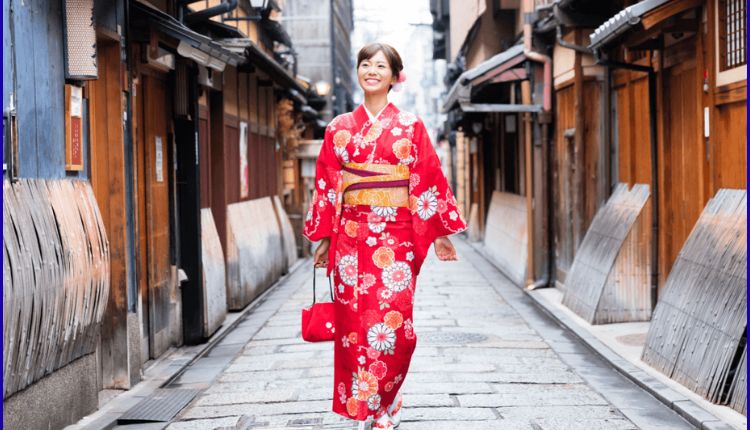Particularly the ones embedded in meme subcultures and digital boards. While the time period would possibly seem mild-hearted or humorous at the floor, it represents a deeper cultural shift associated with online behaviour, virtual gratification, and modern-day identification formation. As internet lifestyle evolves, so do the symbols, terminology, and rituals that define subgroups, and Coomers Party is one such emergent instance. Understanding what it stands for, how it emerged, and its relevance today calls for a more in-depth examination of both its linguistic roots and its sociocultural implications.
- Origins of the Coomer Meme and Its Evolution
- Understanding the Cultural Identity of the Coomers Party
- The Role of Internet Forums and Meme Culture
- Psychological Themes Embedded within the Coomer's Party
- The Irony and Satire Behind the Movement
- Comparing the Coomers to Other Internet Subcultures
- Criticisms and Controversies Surrounding the Term
- The Commercialization of the Coomer Aesthetic
- Potential for Change and Self-Awareness
- The Future of Coomers in a Post-Ironic Age
- Conclusion
Origins of the Coomer Meme and Its Evolution
The word “Coomer” originated as a by-product of the time period “Zoomer”, used to refer to contributors of Generation Z. Over time, it evolved into a meme portraying a cartoon of a web person enthusiastic about instantaneous gratification, especially through content intake.
The Coomer meme, regularly depicted with exaggerated facial expressions and bodily features, was created to satirise certain behaviours associated with compulsive online conduct. As the meme gained reputation, it gave rise to derivative moves and themed discussions, one of which is the concept of a Coomers Party—a collective or communal online identification celebrating, mocking, or criticising those behavioural tendencies.
Understanding the Cultural Identity of the Coomers Party
Coomers Party is not an actual political or prepared institution; as a substitute, it serves as a metaphorical or ironic meeting of folks who apprehend or disagree with the Coomer lifestyle. This identity is regularly marked by using hyper-online conduct, loss of motivation, overindulgence in virtual amusement, and neglect of real-world responsibilities.
Within certain net circles, joining the “Coomers” may be a form of satire—an ironic admission of one’s very own terrible behaviour—or a critique of a generation consumed by way of digital stimulation. This duality makes it both a self-deprecating joke and a reflection of wider societal concerns.
The Role of Internet Forums and Meme Culture
Reddit, 4chan, Discord, and different online boards have played a critical role in the unfolding of Coomer’s Party ideology. In those areas, customers regularly proportion memes, jokes, and stories that expand the Coomer archetype.
What begins as humour regularly transforms into a shared language—a digital in-funny story that binds customers via common reference factors. As these memes gain traction, they evolve from easy jokes into semi-serious reflections of present-day conduct. The Coomers Party has, for that reason, grown organically, fuelled by way of shared sentiments, digital rituals, and a growing disillusionment with current lifestyles.
Psychological Themes Embedded within the Coomer’s Party
Behind the meme lies a deeper psychological narrative. The Coomers Party, whether or not consciously or not, embodies most of the anxieties and emotional struggles confronted by digital natives. These consist of feelings of isolation, social withdrawal, low self-esteem, and dependency on escapism.
The overconsumption of grown-up content material or video games, as joked about in Coomer memes, is often a coping mechanism for deeper mental fitness troubles. By turning these struggles right into a shared comic story, the Coomers may also provide an atypical form of community support, albeit one which risks normalising unhealthy conduct.
The Irony and Satire Behind the Movement
One of the defining functions of the Coomers Party is its heavy use of irony and satire. Participants regularly blur the traces between serious self-identity and mockery.
For example, a person may additionally post under the banner of the Coomers to make fun of their own unproductive day, turning self-complaint into a relatable and humorous post. This combination of irony and authenticity is what makes net culture so complex—and at times so misunderstood by outsiders. The humour acts as both a guard and a mirror, concurrently deflecting judgement whilst exposing uncomfortable truths.
Comparing the Coomers to Other Internet Subcultures
The Coomer’s Party isn’t the primary internet movement to emerge from meme tradition. Similar groups have formed around different archetypes, including Doomers, Boomers, or even Wojaks. Each of these characters represents special generational struggles and coping mechanisms.
What sets the Coomers Party apart is its direct affiliation with current-day indulgence and the commodification of satisfaction. While the Doomer is probably defined via existential depression, the Coomer is often visible as a fabrication from overstimulation, desensitisation, and the virtual abundance that characterises the net age.
Criticisms and Controversies Surrounding the Term
Despite its popularity, the time period of Coomer’s Party is not without criticism. Some argue that it promotes harmful stereotypes, in particular related to intellectual fitness. Others view it as a poisonous form of shaming that fails to provide optimistic solutions to real issues.
Additionally, the gendered portrayal of the Coomer character (generally male) can toughen unhelpful norms and marginalise lady or non-binary stories within similar struggles. These criticisms are vital not to forget, specifically whilst evaluating how internet humour influences real-world perceptions.
The Commercialization of the Coomer Aesthetic
Interestingly, because the Coomers profits from cultural visibility, components of its aesthetic are being co-opted by way of commercial pursuits. Merchandise featuring Coomer memes, reaction pics, and ironic slogans is commonplace on systems like Etsy or Redbubble.
This commercialisation brings up an ironic twist: what started as a critique of consumerist conduct is now part of consumerism itself. The Coomers Party, via its symbols and humour, turns into any other area of interest marketplace to make the most, similarly blurring the line between rebellion and participation.
Potential for Change and Self-Awareness
Despite its bleak or mocking nature, the Coomer’s Party should keep the capability for change. For some, acknowledging their “membership” in the birthday party is a first step towards self-cognisance. The humour gives a gateway to discussing deeper troubles like loneliness, internet dependency, and existential dissatisfaction.
In this way, the Coomers Party can also serve a twin position—as both a red flag and a rallying cry. For people who see themselves meditated inside the memes, it may be a be careful call to rethink their dating with generation, habitual, and personal success.
The Future of Coomers in a Post-Ironic Age
As net tradition continues to adapt, so too will the language and logos we use to define ourselves. The Coomer’s Party may also fade, remodel, or get replaced by a new digital archetype.
However, its legacy will continue to be as a fabrication from its time—a reflection of a society grappling with the rapid pace of technological change and the mental toll it could exact. In a submit-ironic age in which memes frequently mix humour with truth, information movements like the Coomers Party are crucial for interpreting the mindsets of modern-day online communities.
Conclusion
The Coomers Party is greater than just a shaggy dog web story; it’s far more a remark at the digital age’s seductive comforts and its accompanying pitfalls. Through layers of satire, shared enjoyment, and humour, this meme-based movement exhibits the demanding situations confronted by way of many individuals in an era ruled by means of screens, instant gratification, and virtual identity. Whether one perceives it as harmless, a laugh, or an image of deeper societal malaise, the Coomer’s Party remains a compelling cultural artefact really worth knowing in today’s hyperlinked world.





